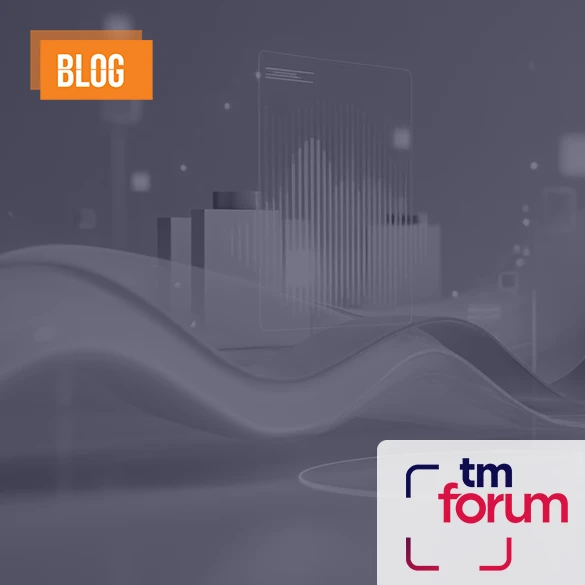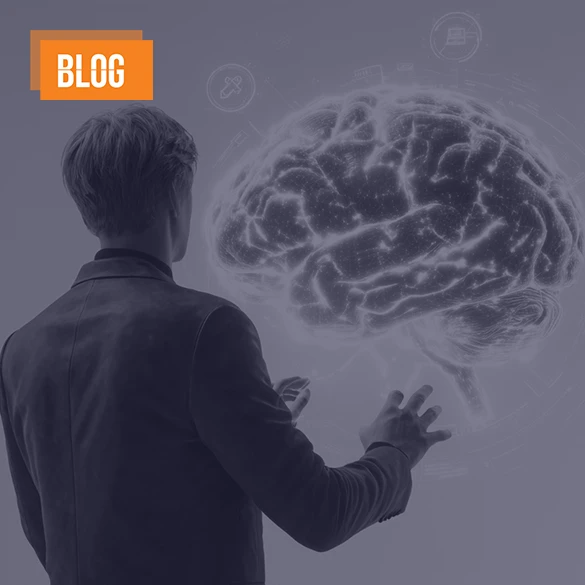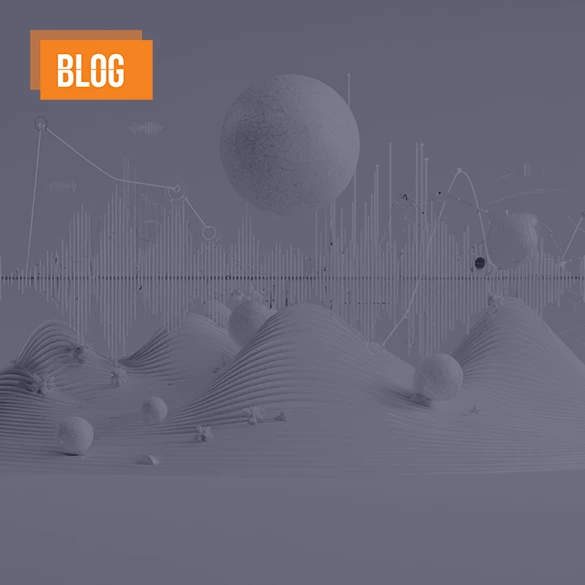Event-driven marketing – buzz or reality?


Only the fittest telecoms operators will survive in future, but how do they become the fittest? The answer is by differentiation through the CSP brand and personalisation. It is essential to provide a differentiated customer experience in order to provide personalised one-to-one automated campaigns that set them apart from rivals.
So what are the benefits of event-driven marketing over campaign management? Campaign management acts according to a static rule engine, whereas event-driven marketing represents an automated process where the recommendation engine creates event-based customised campaigns according to the personal needs of the customers. B/OSS has come to a point where campaign management will be easily replaced by event-driven marketing and where the intelligence of event-driven marketing may enable more accurate segmentation than campaign management.
Event-driven marketing identifies, categorises, monitors, optimises and executes campaigns based on a multitude of events that influence the customer relationship. With evolving big data technologies, these processes are much easier to do than in the past because such technologies are able to manage the large size and complexity of data. Event-driven marketing is customer-centric and allows interaction between the customer and service provider. It is driven by multichannel/omni-channels such as e-mail, direct mail, social media, inbound call or lead management. It also stimulates (repeated) purchases, supports customer service and increases store traffic.
The objectives of event-driven marketing are to offer customers segmented meaningful events with relevant and timely interactions that exceed customer expectations. Due to the real-time data the positive interactions are more predictive and actionable, thus – according to Gartner – it is possible to increase the response rate to a value that is five times higher than untimed mass-marketing.
This smart marketing system with multiple components is capable of understanding what customers want through analysing customers and dynamically executing actions on configured events. A service provider is then able to provide the right offers at the right time, through the right channels and at the right places.
As an example for event-driven marketing, Gartner describes that for a customer’s new activity a bank’s business rule management system shows the following pattern: (1) update of customer profiles, (2) calculation of customers’ needs based on life-stages and other relevant information, (3) determination of one best-suiting campaign out of many, and (4) tailoring the marketing message and distribution channel to the customer. This life stage rules process ensures upselling opportunities for the service providers.
The benefits of being proactive not only include increasing the services provider’s revenue, brand value and customer loyalty, and decreasing its churn rate, but also enable loyal end-customers to have access to the best offers, prices and existing service portfolios.
Event-driven marketing is a highly beneficial and unstoppable trend that is set to gain momentum the next two to five years. Event-driven marketing is the future, while campaign management will be a thing of the past. In other words, event-driven marketing is the new form of “mass-one-to-one” telco marketing.








